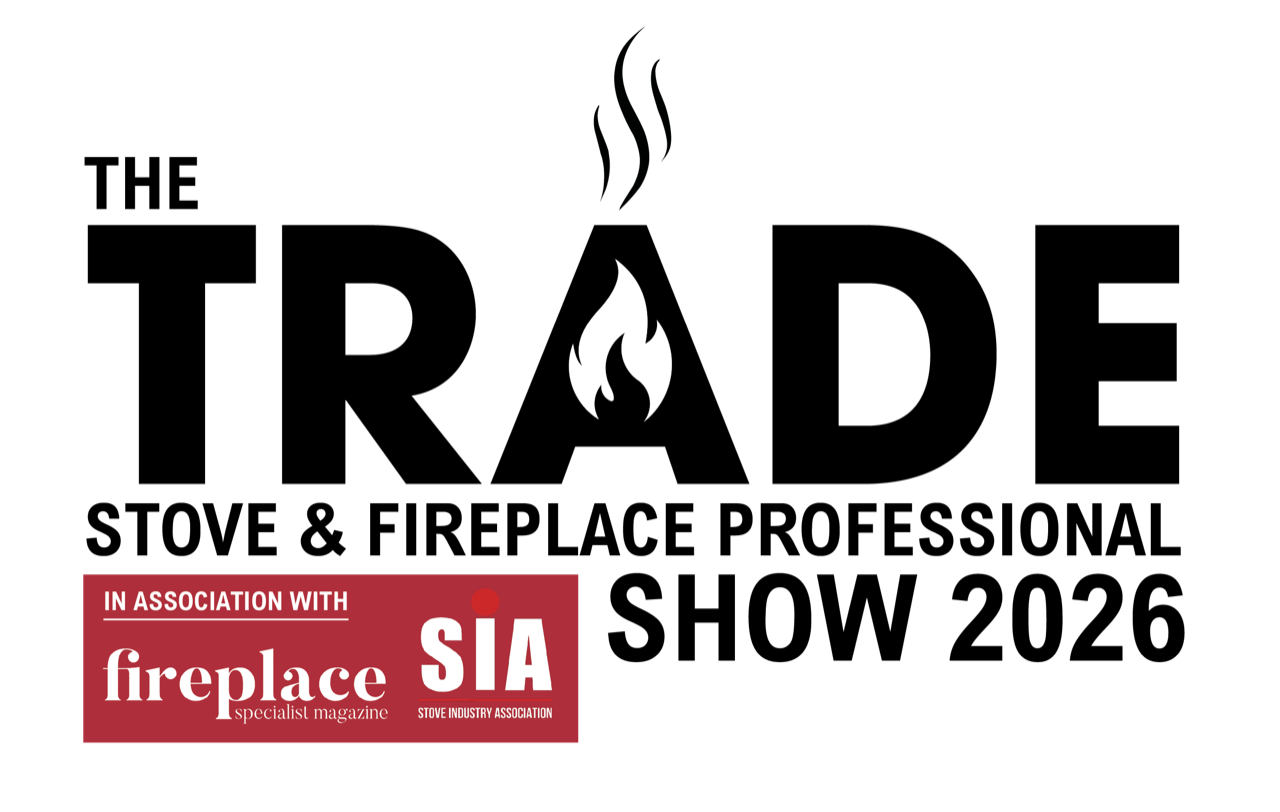1. UCL Study & Regulatory Concerns
- UCL analysis of EPCs shows wood-burning stove ownership in UK homes has risen from 9.4% in 2022 to 10.3% in 2024, with hotspots in rural and small-town areas like Worthing, Norwich, and Hastings Homebuilding+8The Guardian+8Forbes+8.
2. DEFRA & Government Standards
- A 19% increase in PM2.5 emissions from domestic solid-fuel combustion between 2012–2022 is attributed to the surge in stove usage .
- DEFRA measures include banning traditional coal and wet wood (May 2021), requiring “Ready to Burn” (≤20% moisture) certification, and mandating Ecodesign-compliant stoves from 2022 Stove Industry Association+9Wikipedia+9The Times+9.
- In 2023, PM2.5 emission limits for stoves in designated Smoke Control Areas tightened (from 5g/hr to 3g/hr) Financial Times+2Wikipedia+2The Times+2.
3. Stove Industry Alliance (SIA) Position
- Lobbying success: The government’s Future Homes Standard (from 2025) will permit wood-burning stoves as secondary heating in new homes, following joint lobbying by SIA and allied trade groups Financial Times+3The Guardian+3Stove Industry Association+3.
- SIA’s narrative: Andy Hill (SIA chair) emphasized that modern Ecodesign stoves, fuelled with dry, certified wood, can offer low-emission heating, support rural economies, and ease grid pressure The Times+8Stove Industry Association+8Homebuilding+8.
- Stated commitment: “SIA and its members have advocated for many years” for responsible use of low-emission appliances, asserting their role in energy resilience and cleaner heating Stove Industry Association.
✅ Conclusions & Outlook
- Policy window: major reviews are planned—Future Homes Standard (2025) implementation, and potential phase-out legislation targeting solid-fuel heating by 2030.
- Need for action: improved enforcement, public awareness campaigns, and regulatory clarity (especially on fuel certification and stove maintenance) are essential.
- Balancing act: industry champions the co-benefits of modern stoves (carbon, resilience, rural jobs), while public health groups insist stronger safeguards and long-term reductions in use.




